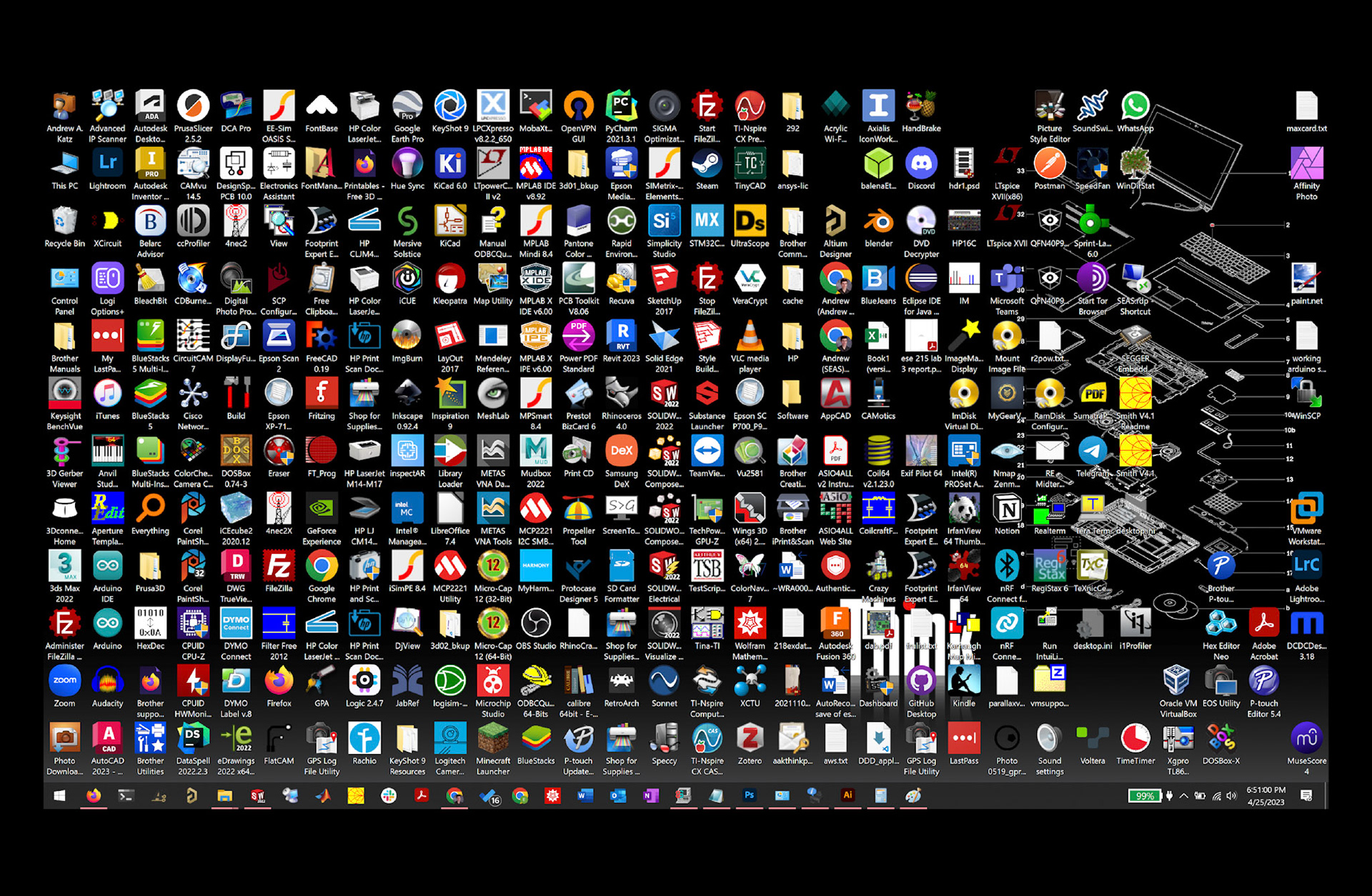Remember, Research, and Re-usE (Project 1)
This project focused on working with archives to create our own work out of previously captured images, whether they be our own, or otherwise.
Memory Drawers
Many of our phones are clogged with thousands of images of stuff we want to remember or that we think are neat. For many students, a significant amount of these images are pictures of SMART boards, dry-erase boards, chalkboards, or PowerPoint slides from their classes. I decided to experiment with the idea of an archive of knowledge, using my own photos that reach back to middle school, with an iPhone 3GS, through high school on an iPad and Surface Pro, into college on my smartphone, a point and shoot, and even a DSLR. The resulting eclectic collection of photographs vary widely in style, content, size, readability, and age, representing a snapshot of the knowledge I have accrued throughout my years in school. I struggled for a while with how to present this collection. I considered a grid of 4x6 images, a collage, and even pinning the images up to blackboards and whiteboards, and re-photographing them. Ultimately, while in one of the engineering labs, I was struck by the "archive" of parts that we had, all in neat little drawer cabinets, and decided that I would present my images by making "drawers of knowledge," where each drawer represented a class with a photograph on the front. For my work with nine photographs (on nine drawers), I cut out the boards from 4x6 prints, taped them onto the drawers, and photographed the cabinet. The resulting image was less sharp, but this pairs well with the images on these drawers, as most of them are fuzzier memories from longer ago. My second work digitally composited the images onto a very high resolution photograph of a different drawer cabinet, resulting in sixteen drawers, with sixteen total images. As a finishing touch, I recreated the label tape labels that were on the drawers originally to label the cabinet as a whole. Both works were printed out 41 inches across (40 inches with a half-inch border), and displayed with the sixteen drawer cabinet on top, and the nine drawer cabinet directly beneath. In a larger exhibition, I would likely have card file boxes full of 4x6 prints of even more boards and slides, some repeats from the drawers, but many not. I would also have more cabinet prints, and I feel like the digitally composited versions fit my vision better.
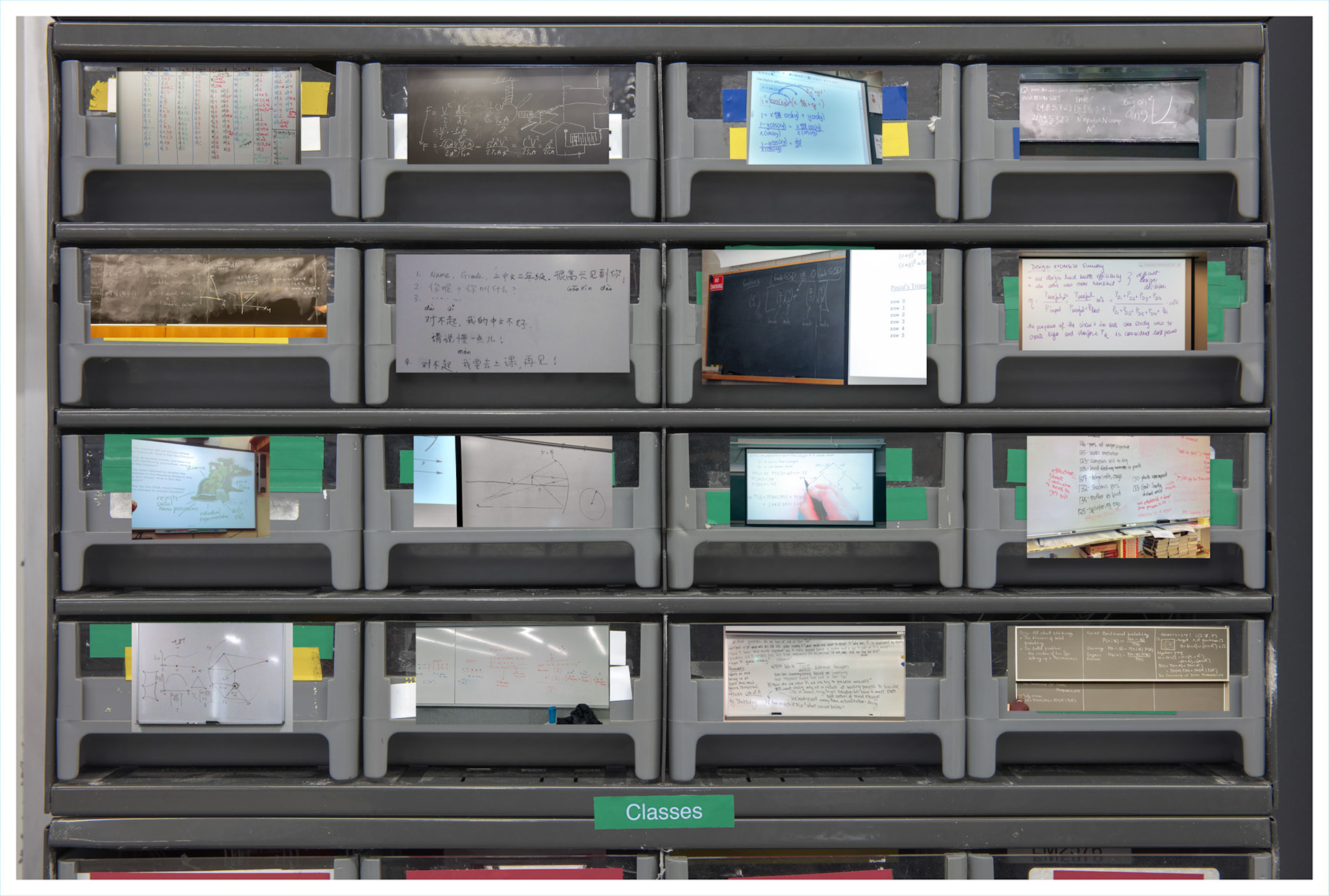
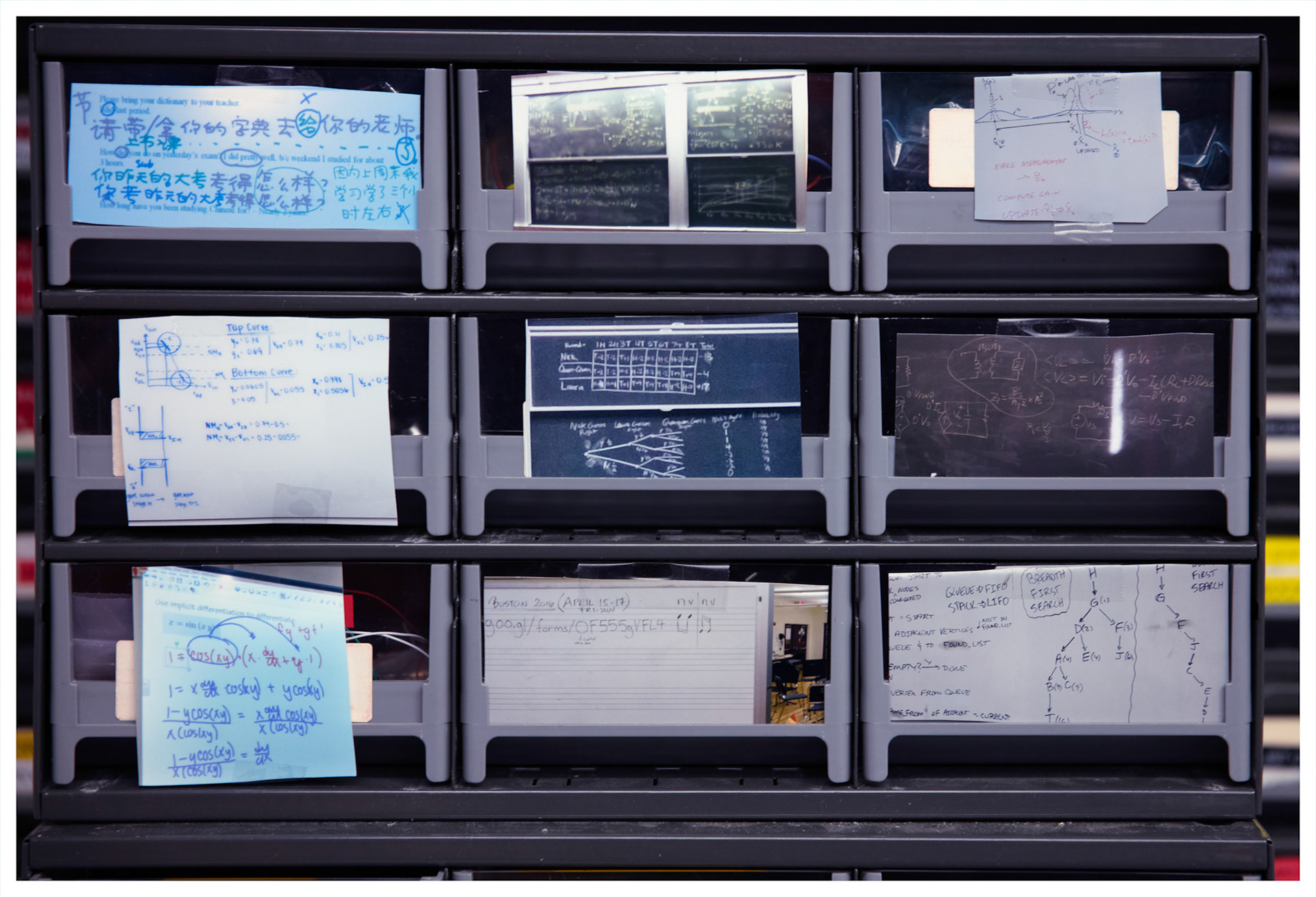
A Work of Protest, a Work of Vision
The Lab
As an engineer who enjoys research, I spend a lot of time in the lab. While I have not published in a journal yet, I have seen so much work and so many findings go unpublished. An extraordinary amount of unrecognized care goes into the process of doing science. In my work, I wanted to highlight this work which often goes unrecognized, and show the order in the chaos, but also the chaos in the order. Lab spaces are neat and professional, even if they do not appear that way at first glance (for example, the inside of a glove box may appear dusty, but it is nearly impossible to clean without a full disassembly and thousands of dollars of glovebox catalyst that would need to be replaced). While researchers may have messy personal spaces, they must maintain a professional atmosphere inside of lab spaces. I wanted to lift the cover on research, and show what a real lab is like, and the realities of running a lab, vs. the papers that a lab puts out. I want to emphasize all of the specialized knowledge attained, generated, and transferred that never actually makes it to publication, to give everyday people a greater understanding of research.
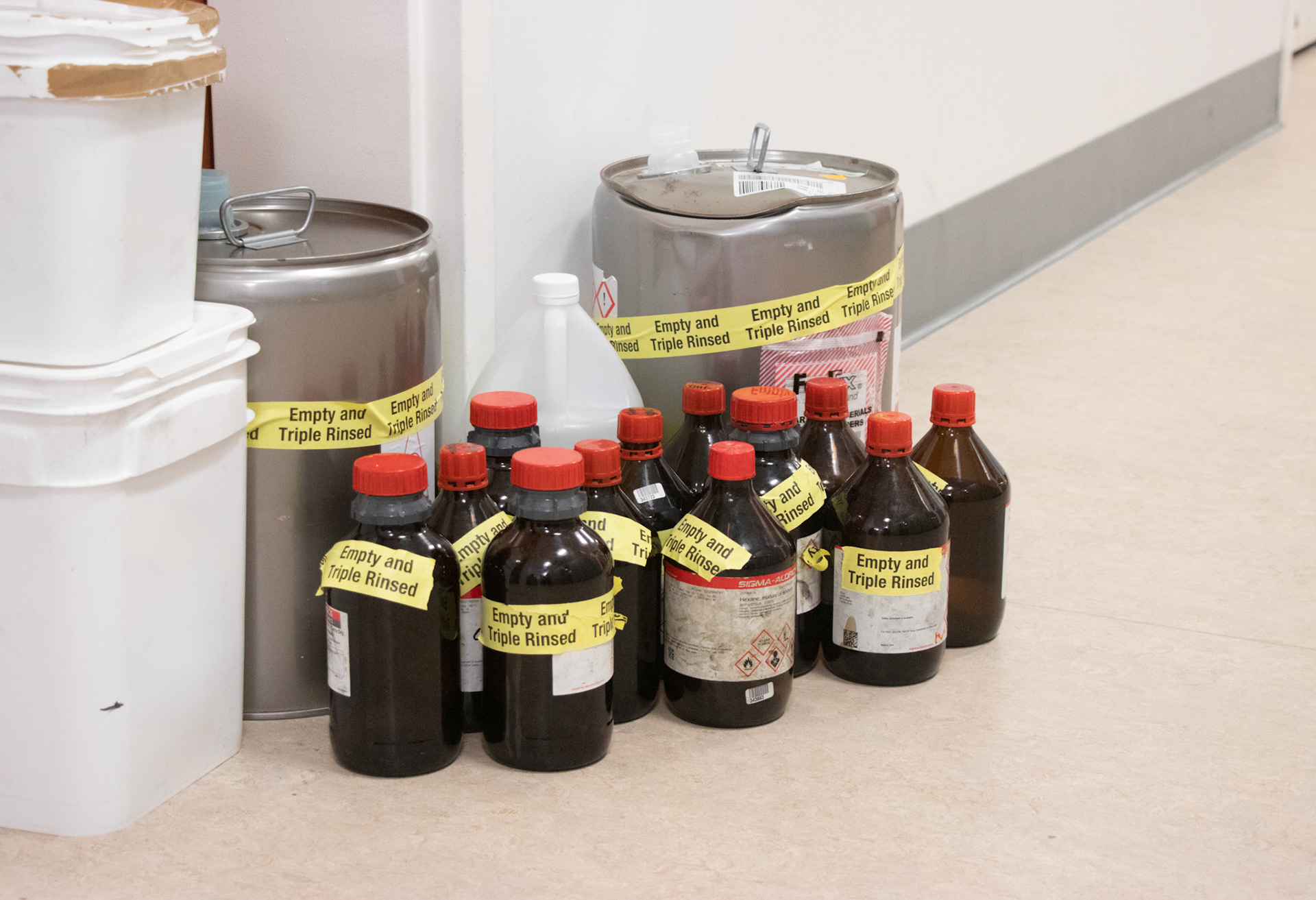

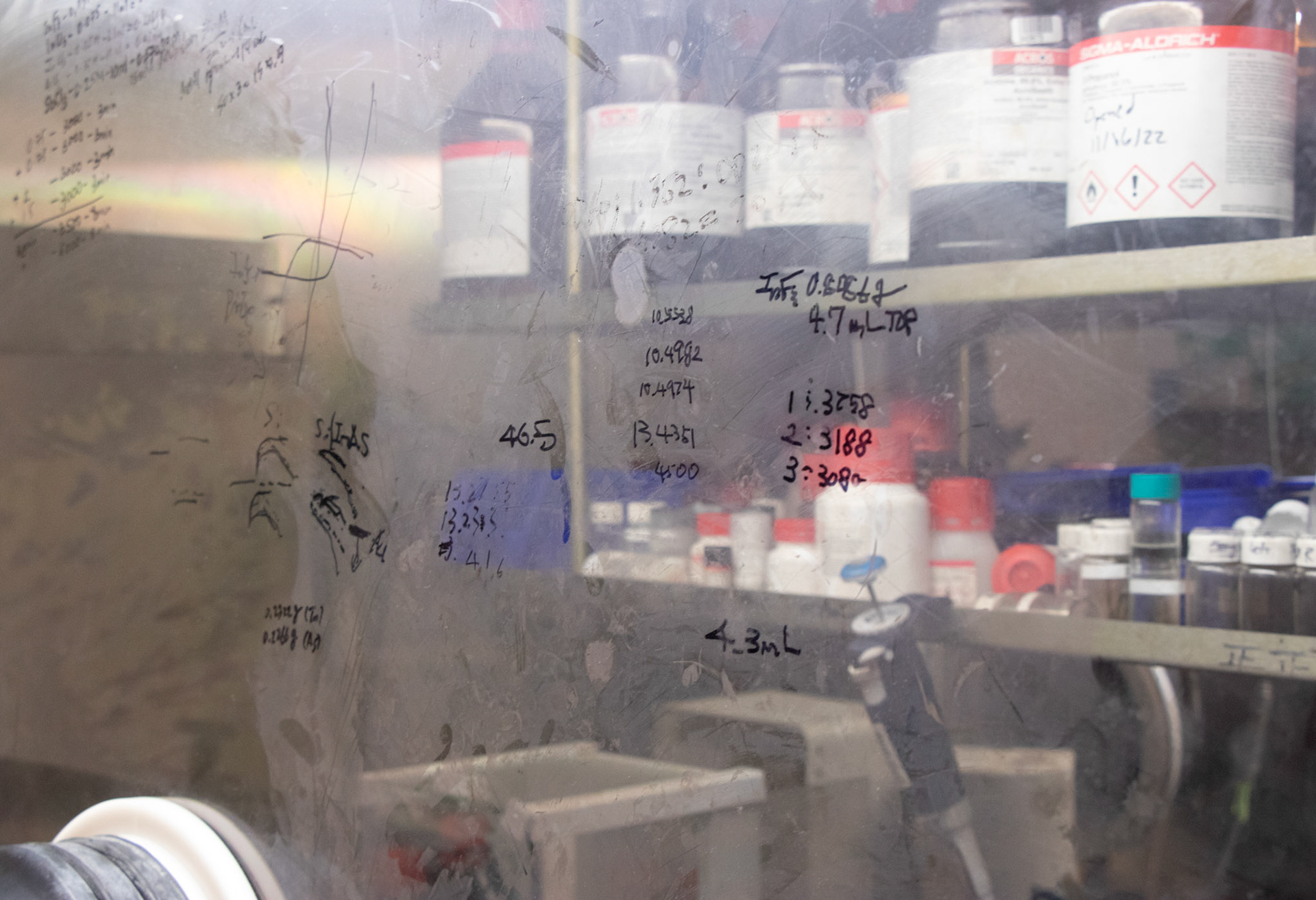
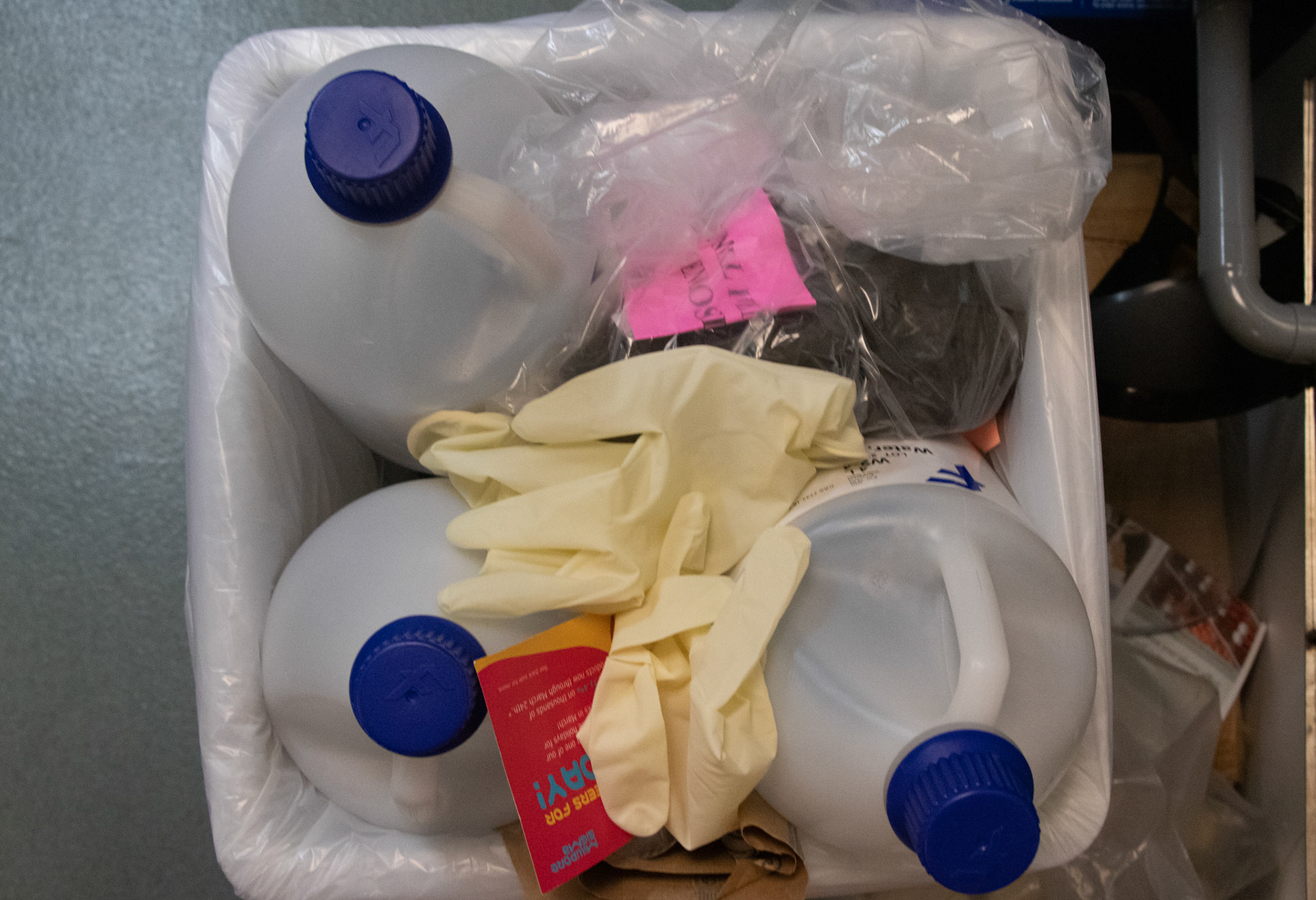


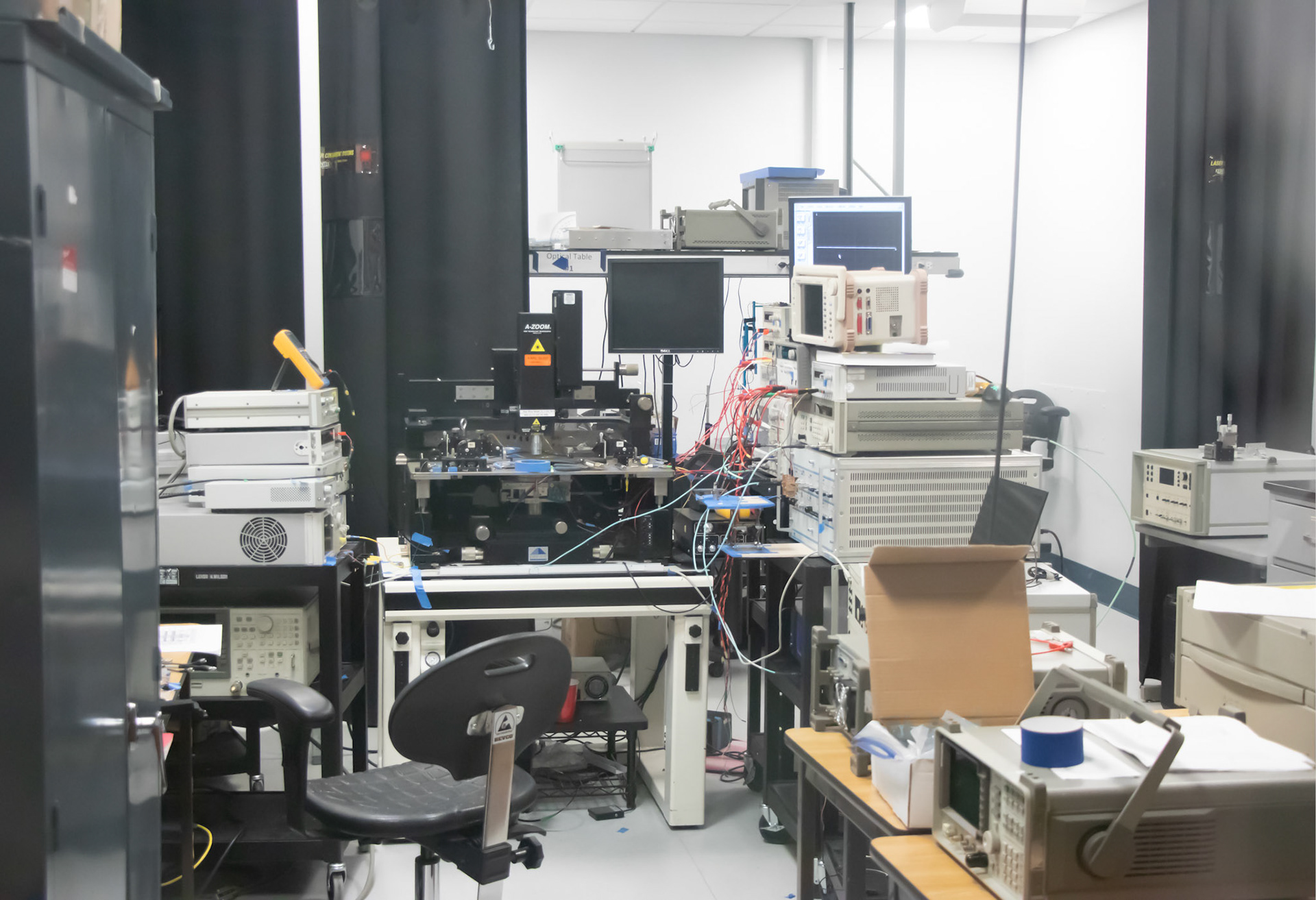
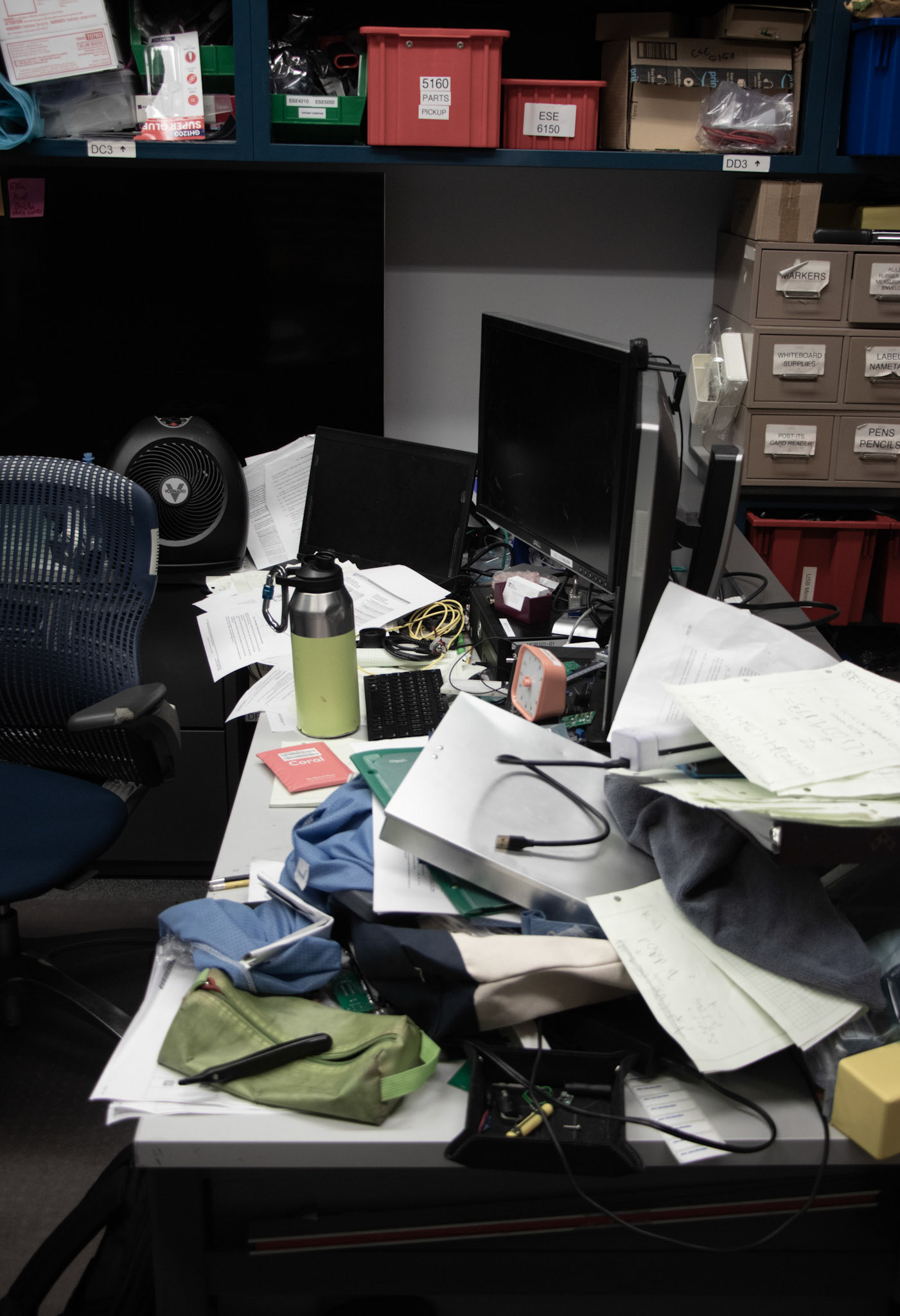
Fabricated, Constructed, and Disassembled
CHESS.PSD
In digital photography, we use computers to construct our images. I wanted to turn this idea on its head, to some extent, and use images to reconstruct a computer graphic. I started with the relatively iconic “chess.bmp”, a 640x480, 16 color image of some colorfully lit chess pieces rendered over a tilted chessboard background. I wanted to recreate this scene physically in camera to the greatest extent possible, and then manipulate it back into the computer realm, as an homage to the 3D wallpapers of the 1990s.
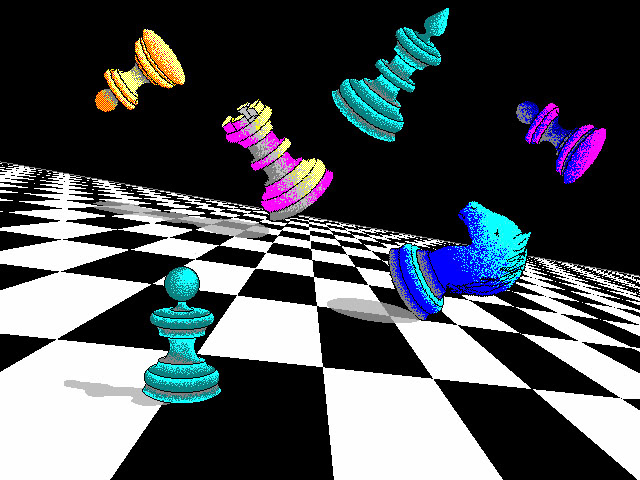
The original CHESS.BMP
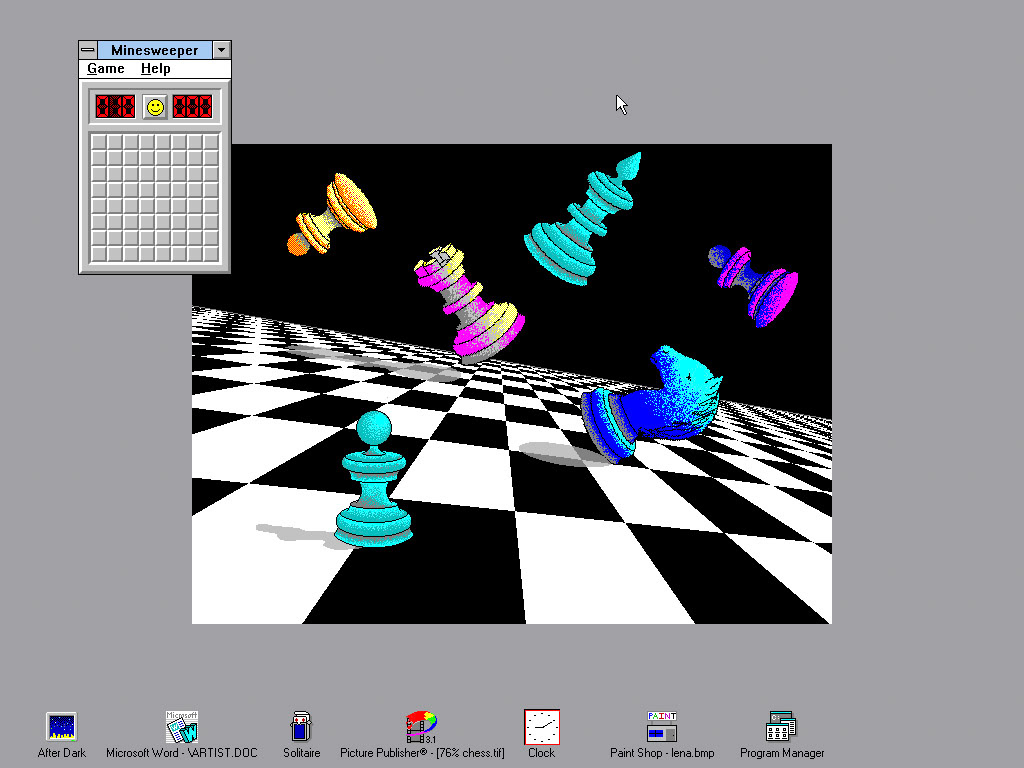
A Windows 3.0 system with CHESS.BMP set as the background
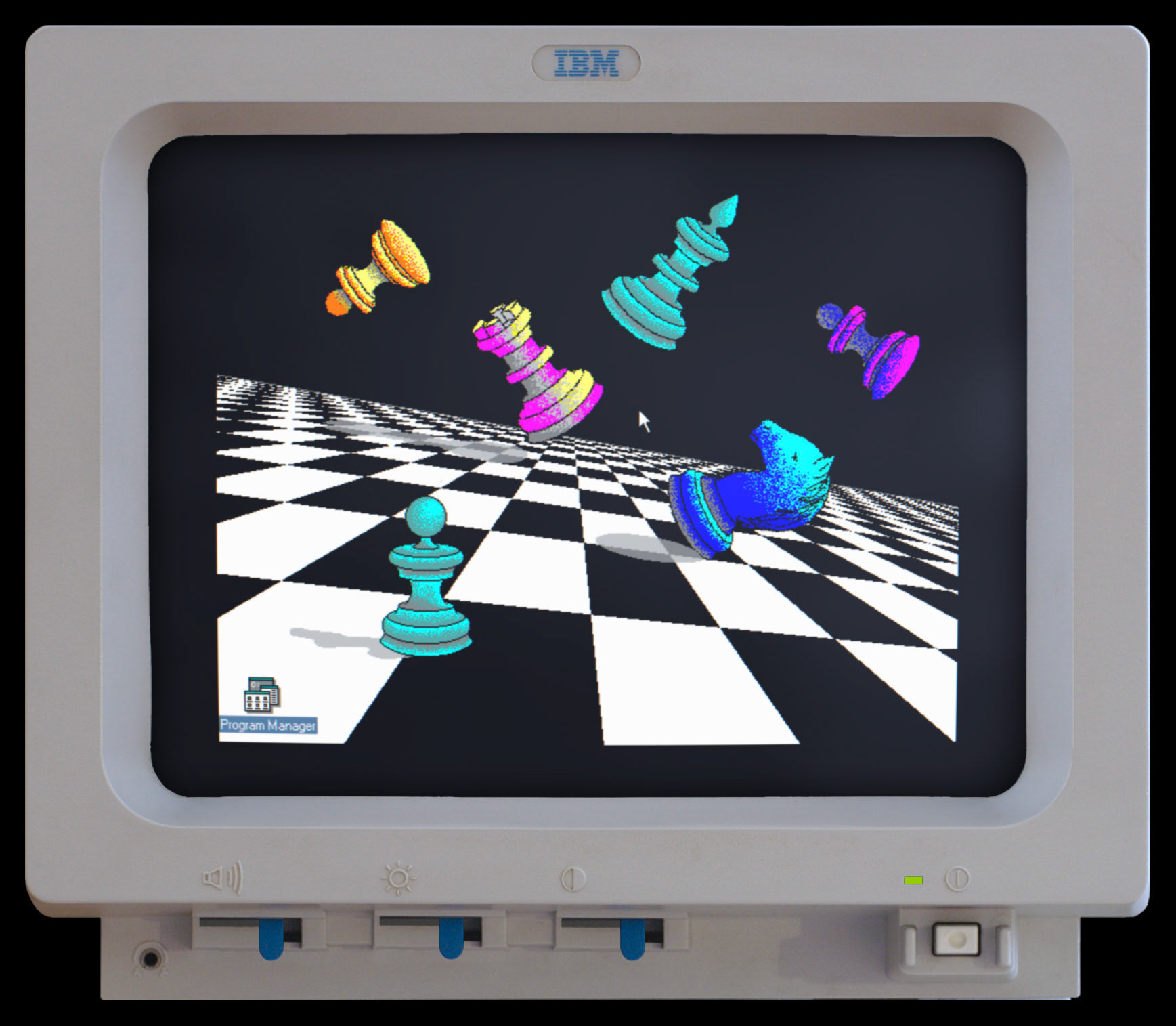
IBM PS/1 (emulated) with CHESS.BMP set; the reference for the final piece
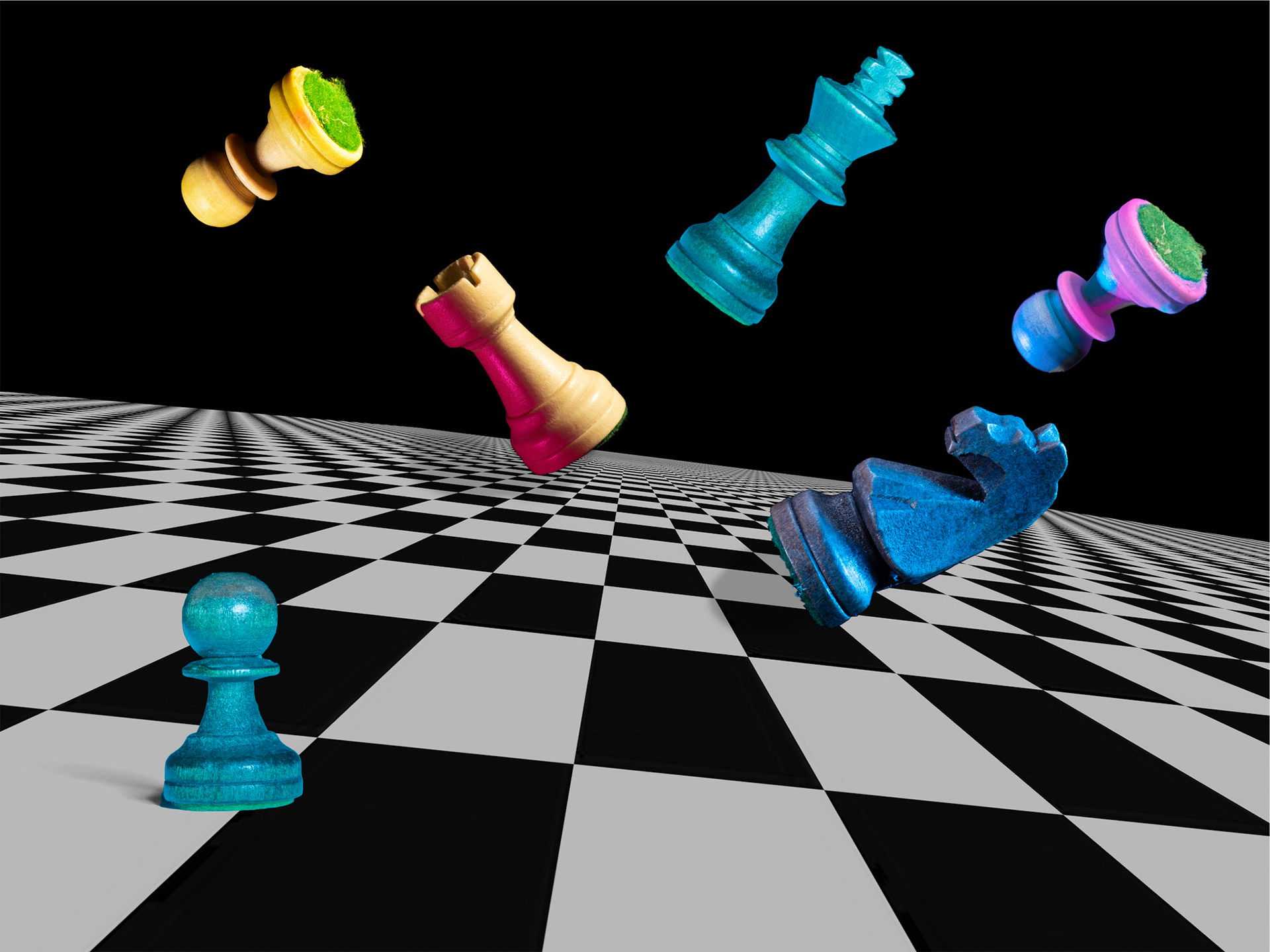
Recreated CHESS

Reconstructed Windows System with Chess
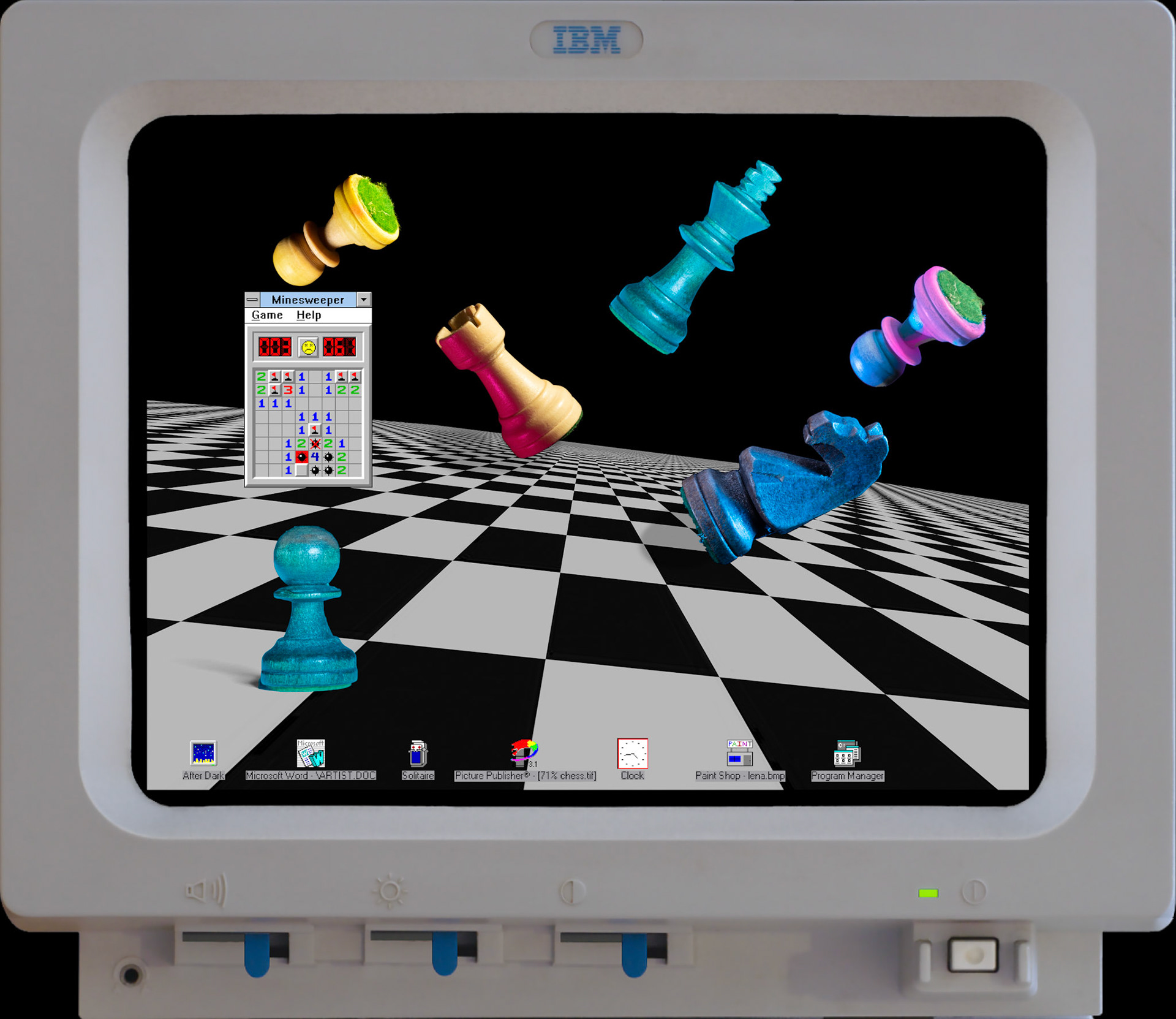
Reconstructed IBM PS/1 with recreated CHESS
Final Project
Desktops into the mind
With windows 95 the desktop changes into an active living thing you can put shortcuts to your programs there or you can even put files there that you're using right now. It realizes the desktop metaphor – the desktop being a big flat spot where you just pile stuff because you're too much of a mess to put it away. Your tools are there, the things you're working with right now are there, the things you were working with two weeks ago are still there because you haven't put them away – but it's your place to do it as you like and a computer should feel like that. The moment windows 95 came out people immediately knew what to do with it they treated it like their living space if you worked on a computer as a technician you never knew what you were going to see: maybe the desktop would have just the default icons or maybe it would have a carefully arranged set of links to everything they use on the computer organized into folders with categories, or maybe it would just be 500 files because all they ever do with the computer is just drop stuff on the desktop. It had a physicality to it, it could be lived in and that's why windows 95 had such an indelible effect on culture. The reason so many people have this powerful brain bug about windows 95 is it was the first time that PCs felt like an old worn couch that you had gotten just the way you wanted it. We remember Windows 95 as this house that we all once lived in yes we moved out but it was the first place that was ours.
-- Gravis (Cathode Ray Dude), 2021
I want to riff on the work of Luis Gispert, but instead of working with car interiors, I want to work with computer desktops. Through these constructed computer desktops, I want to portray personalities – using careful choices of wallpapers, icons, and organization to tell the stories of people who mean a lot to me. To take it a step further, I want to then bring these constructed desktops onto some snapshots of constructed desks – showing the environment that these people work and live in, hopefully to the point that you know everything that matters to someone from just the one image of their desk and desktop.
I decided to recreate my parents’ computers from memory, as I remembered them in 2002/2003. This was an interesting process that took me through a lot of research, graphic design, computer archeology, and through archives of my mom’s photos. It is interesting to compare the images to how their computers are now, and how differently I work compared to them.
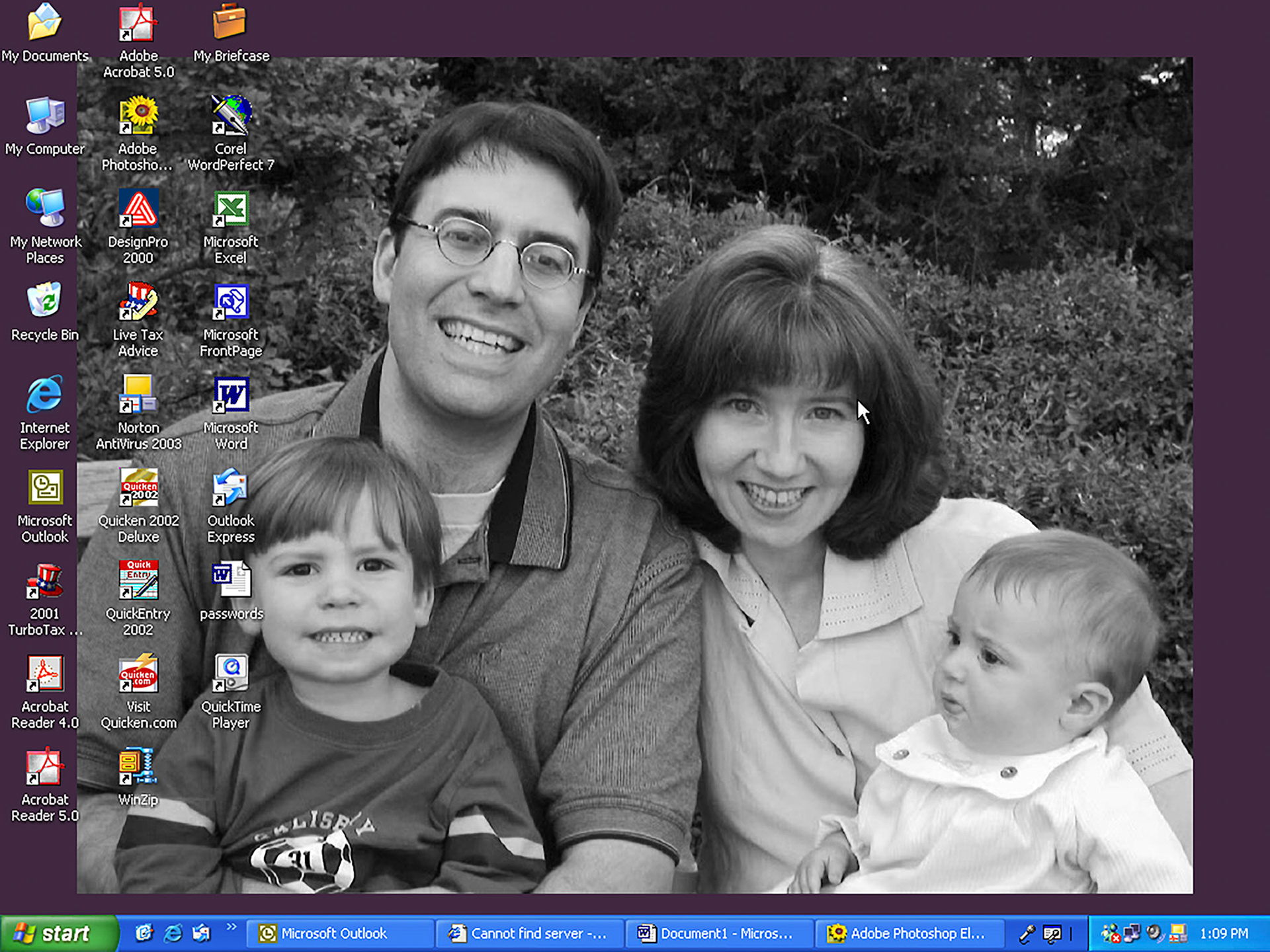
Mom - constructed
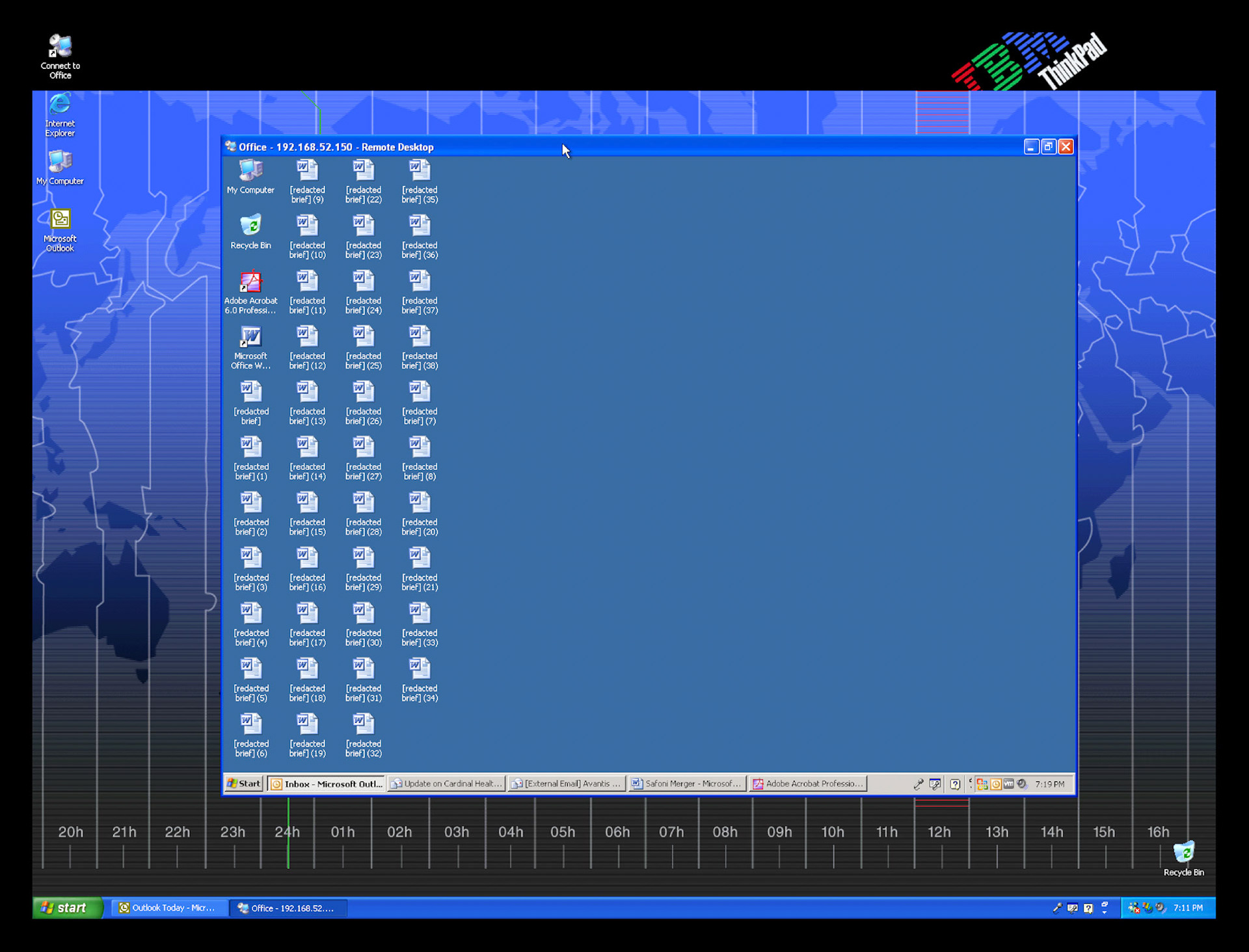
Dad - constructed
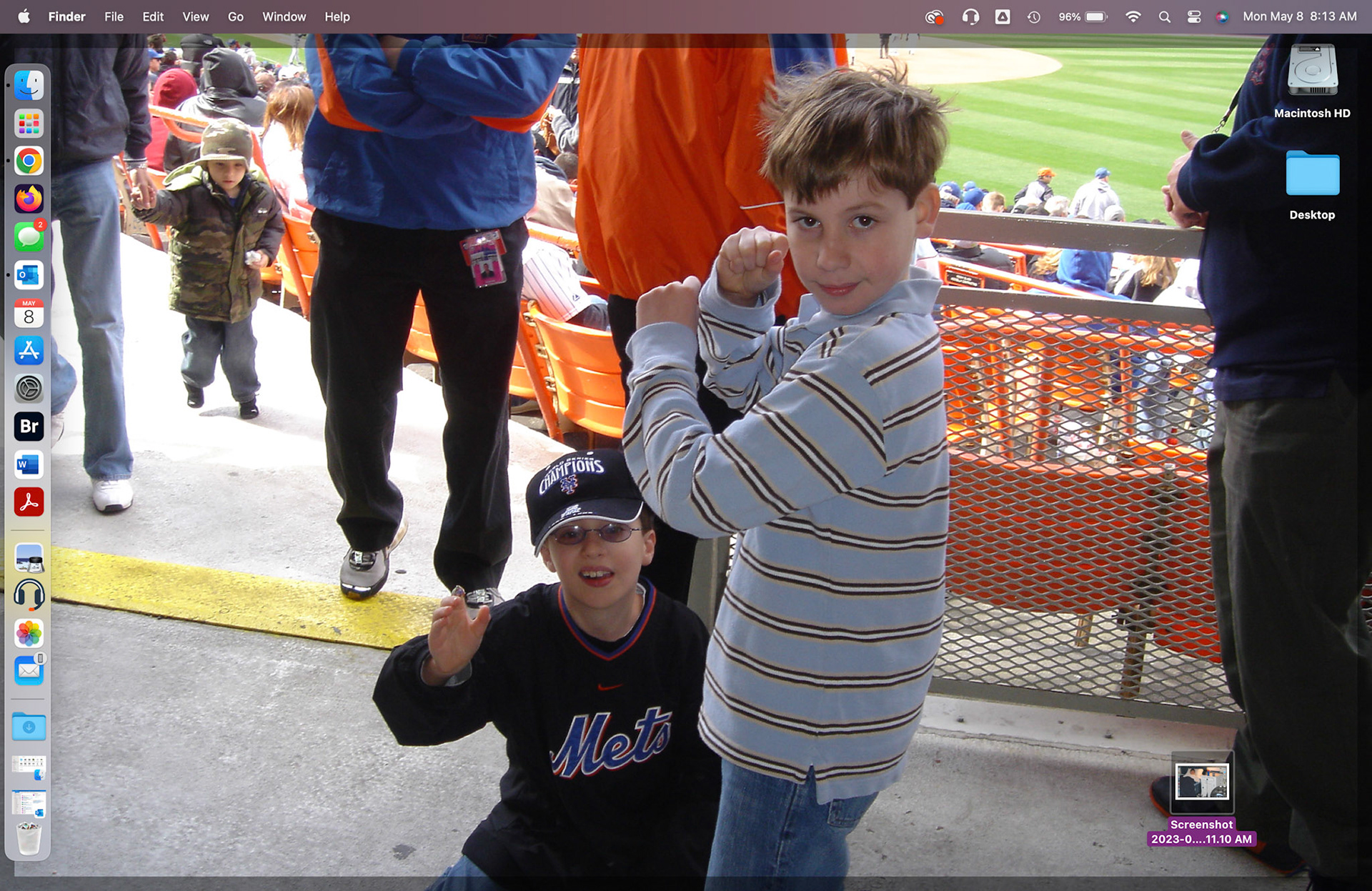
Mom - contemporary

Dad - contemporary
